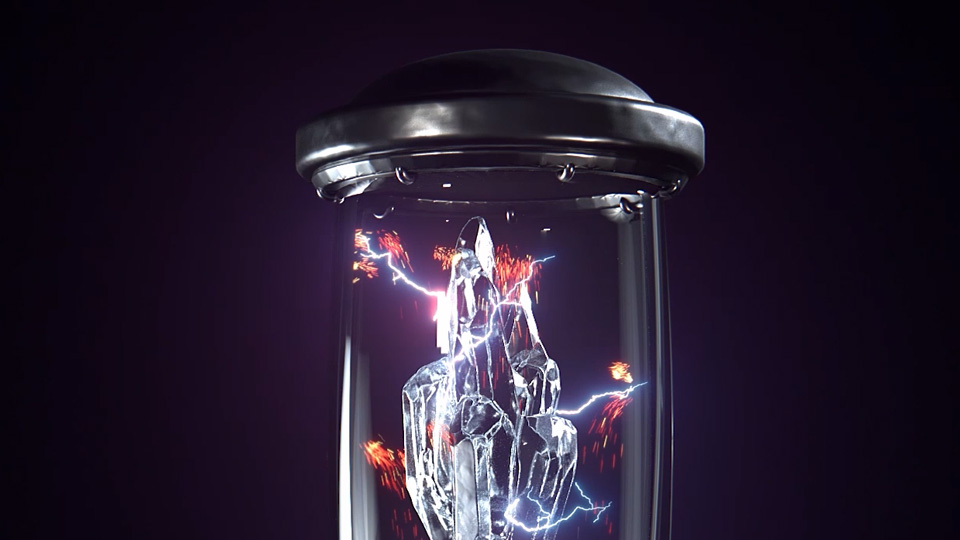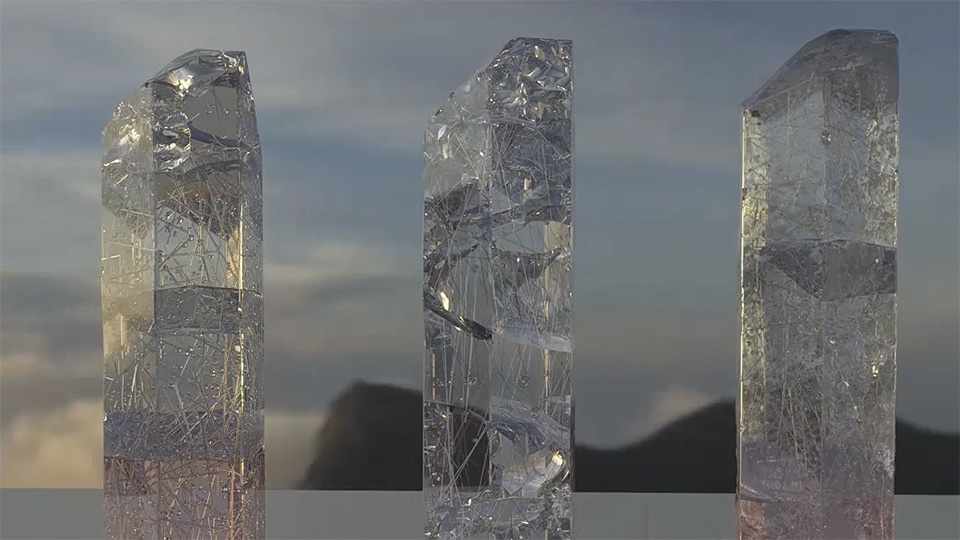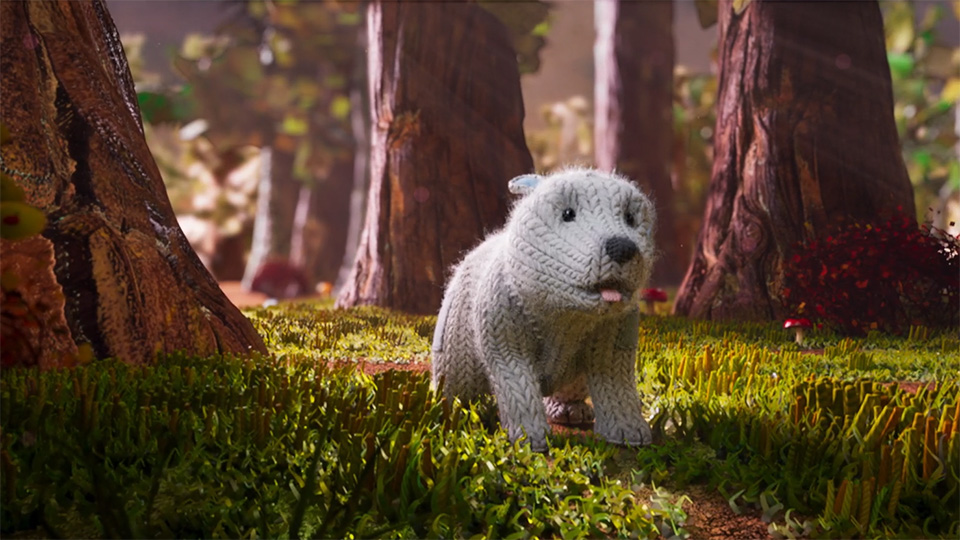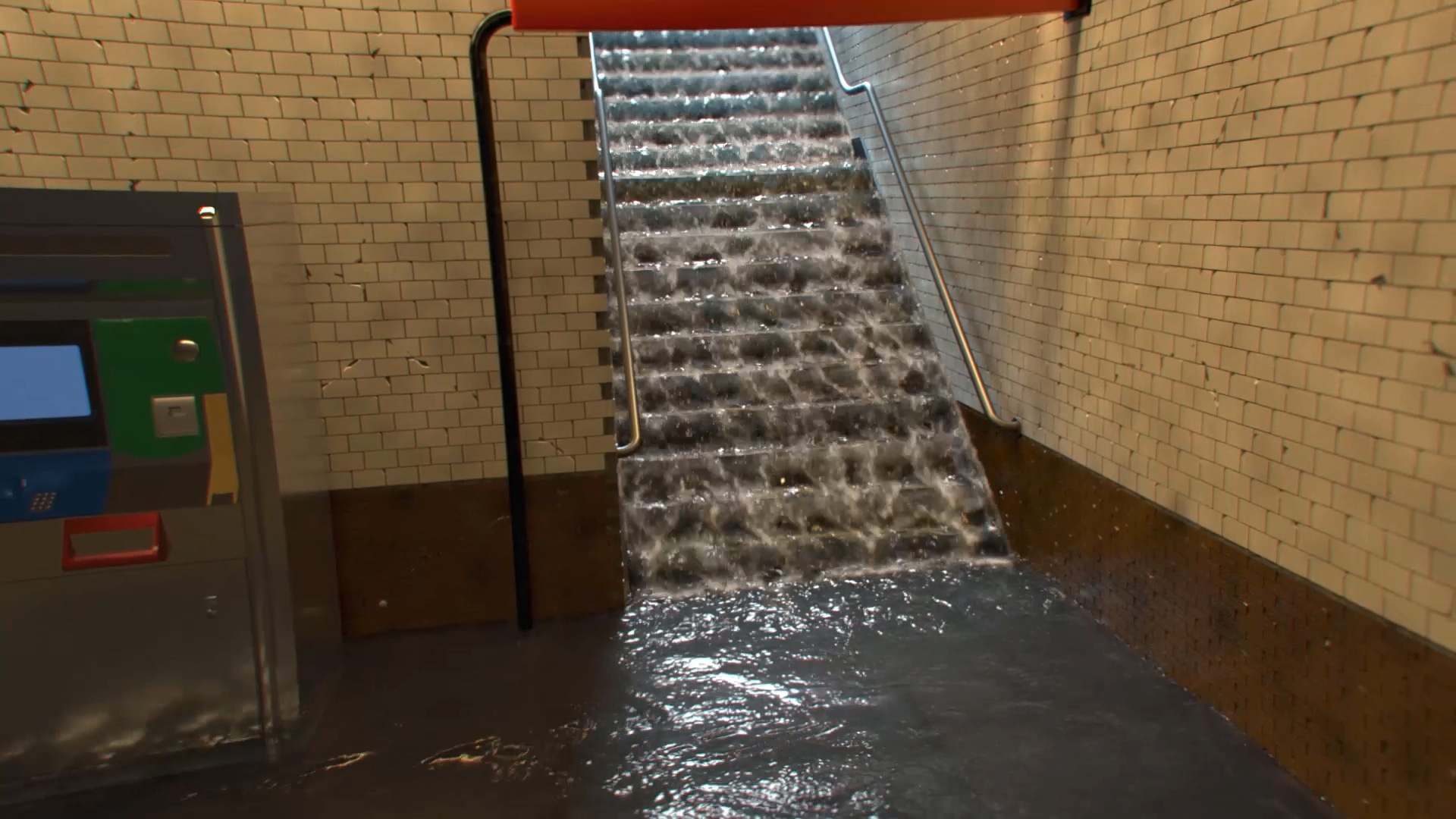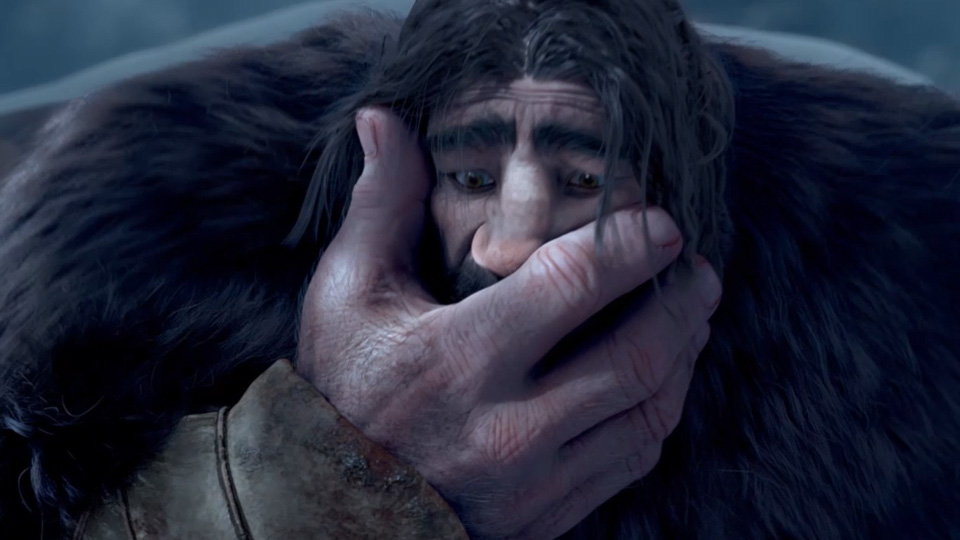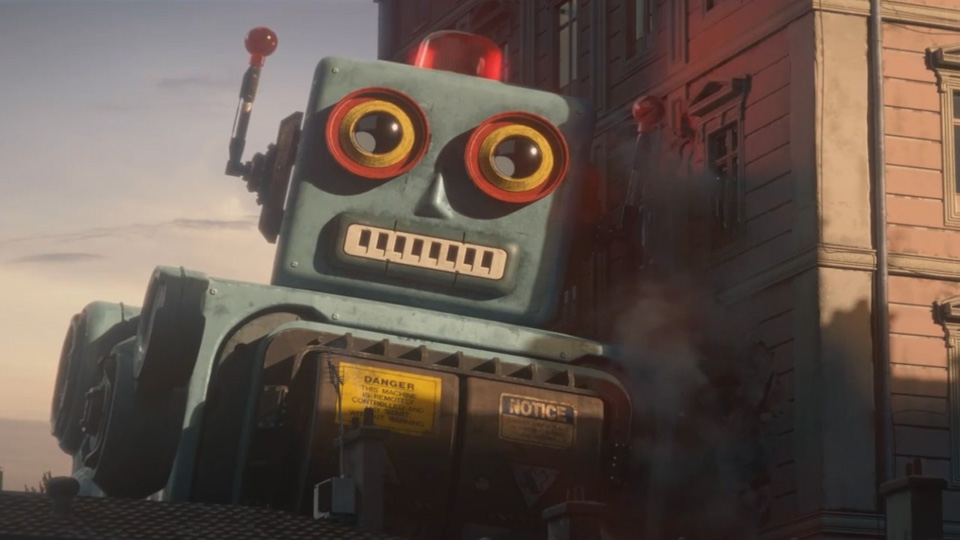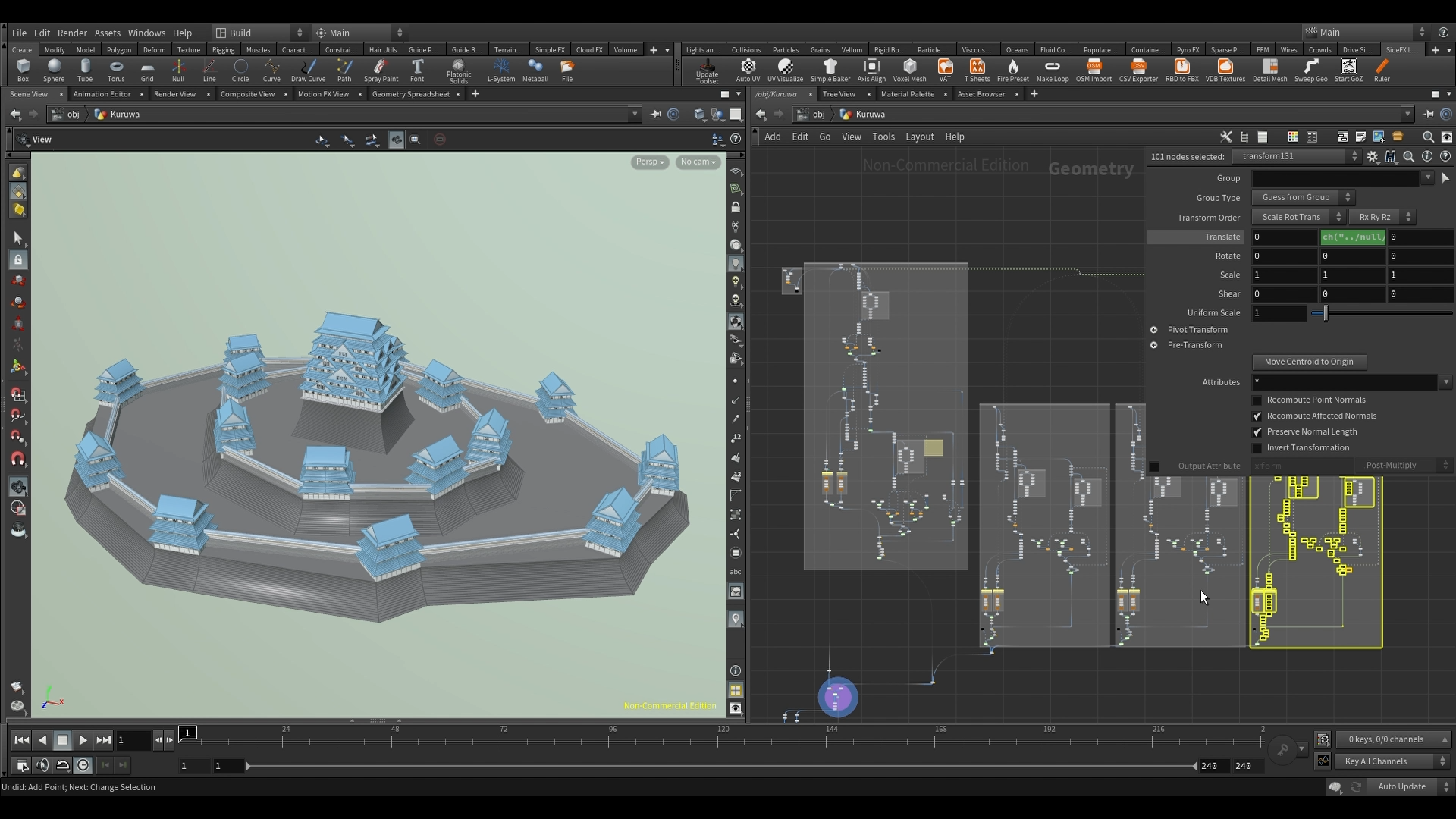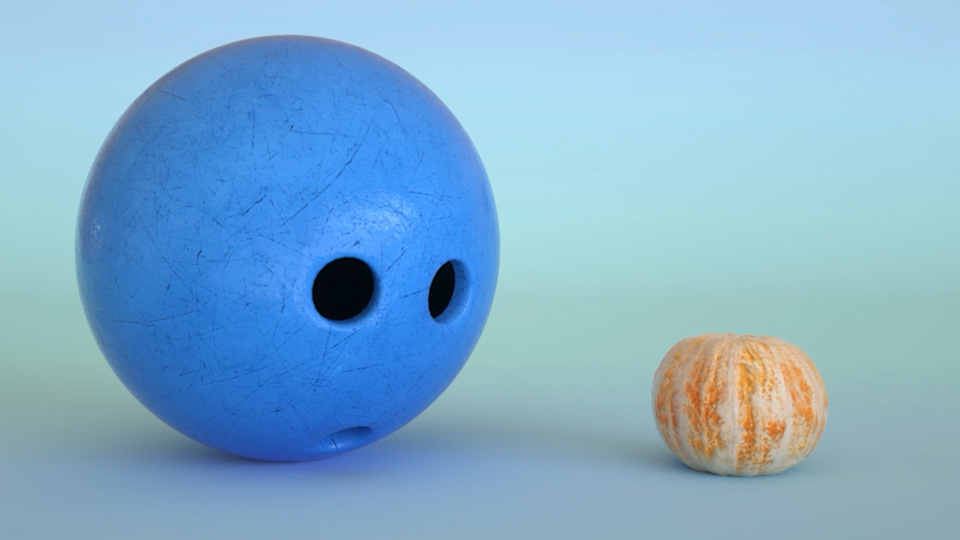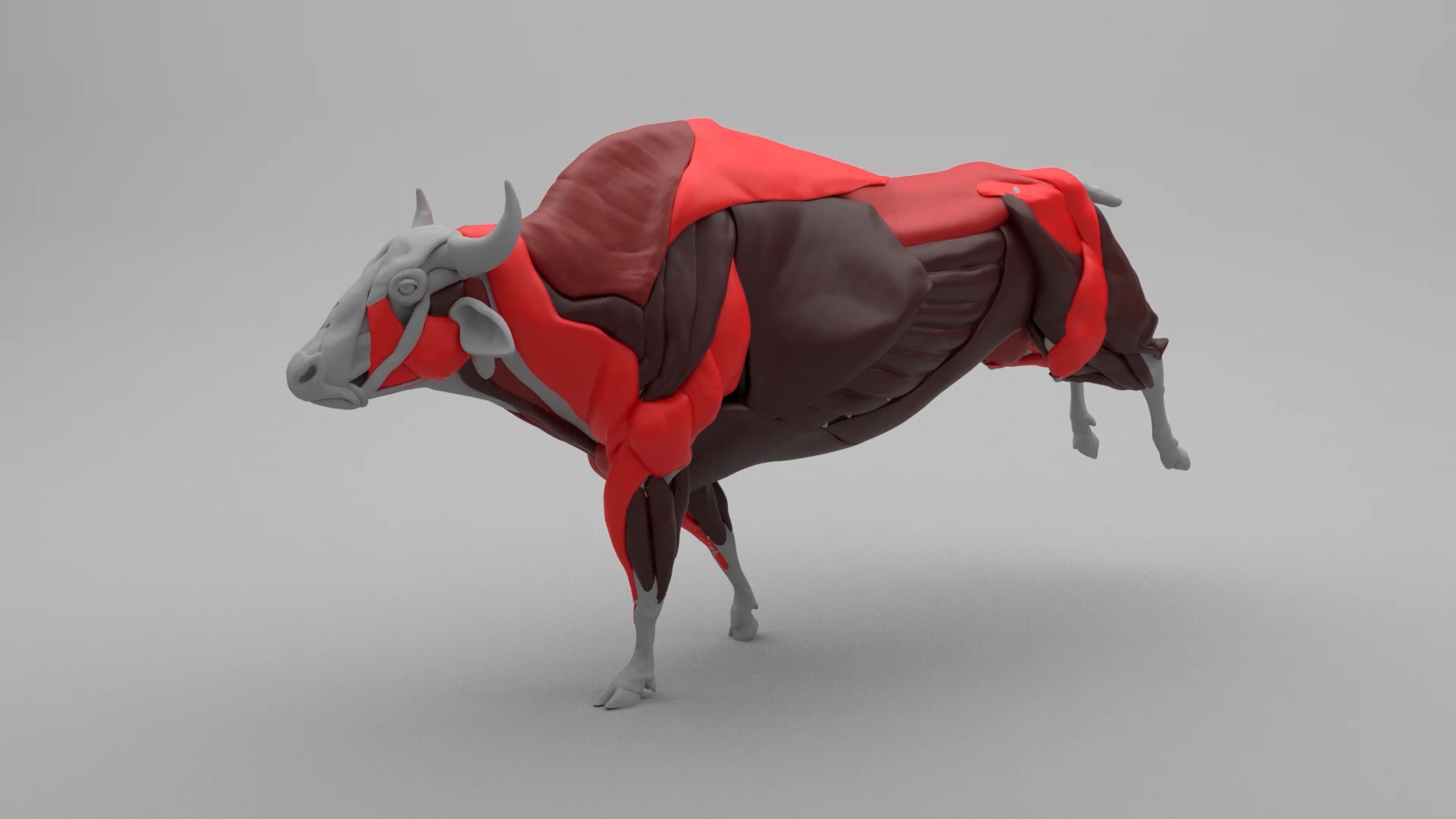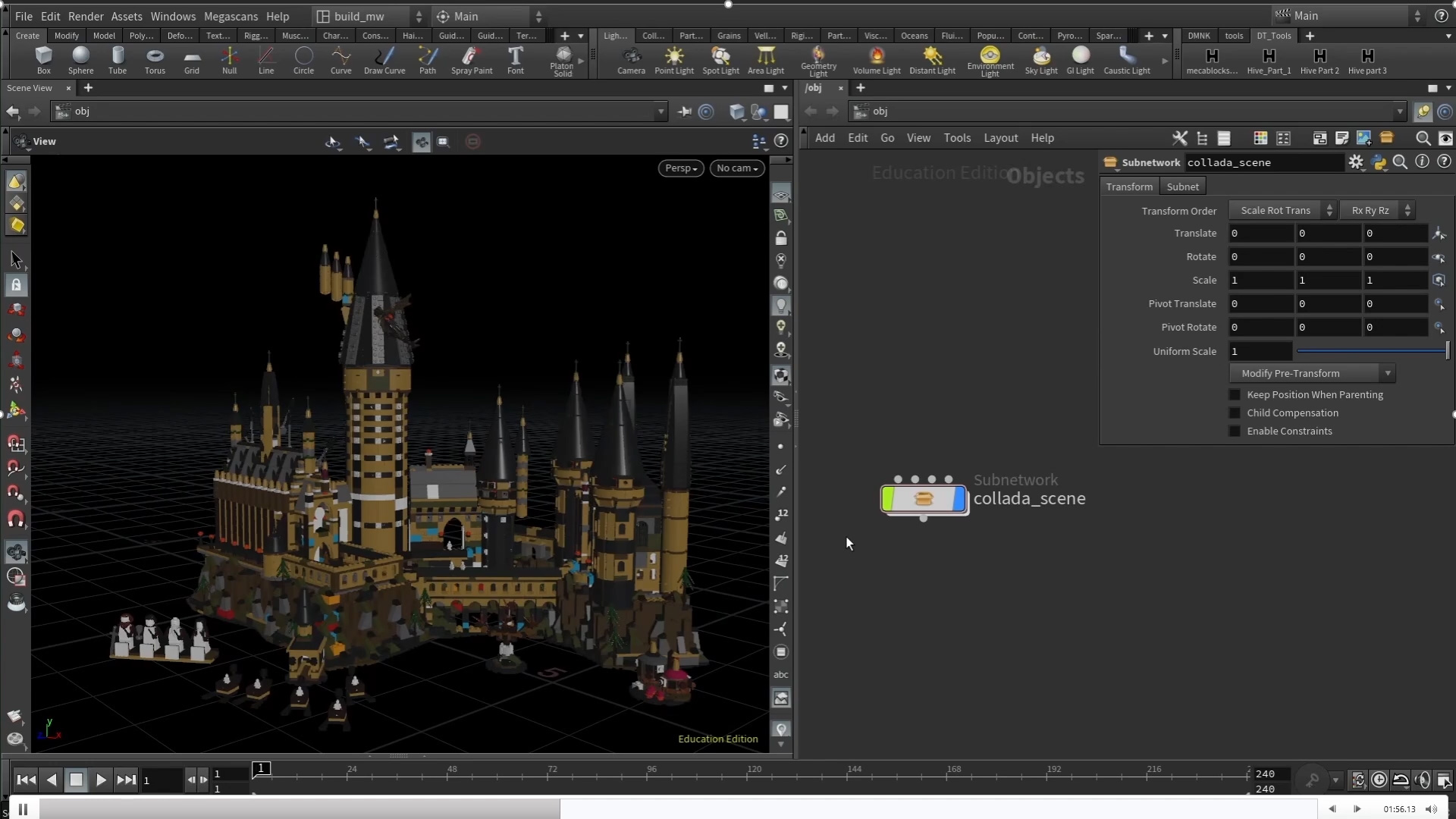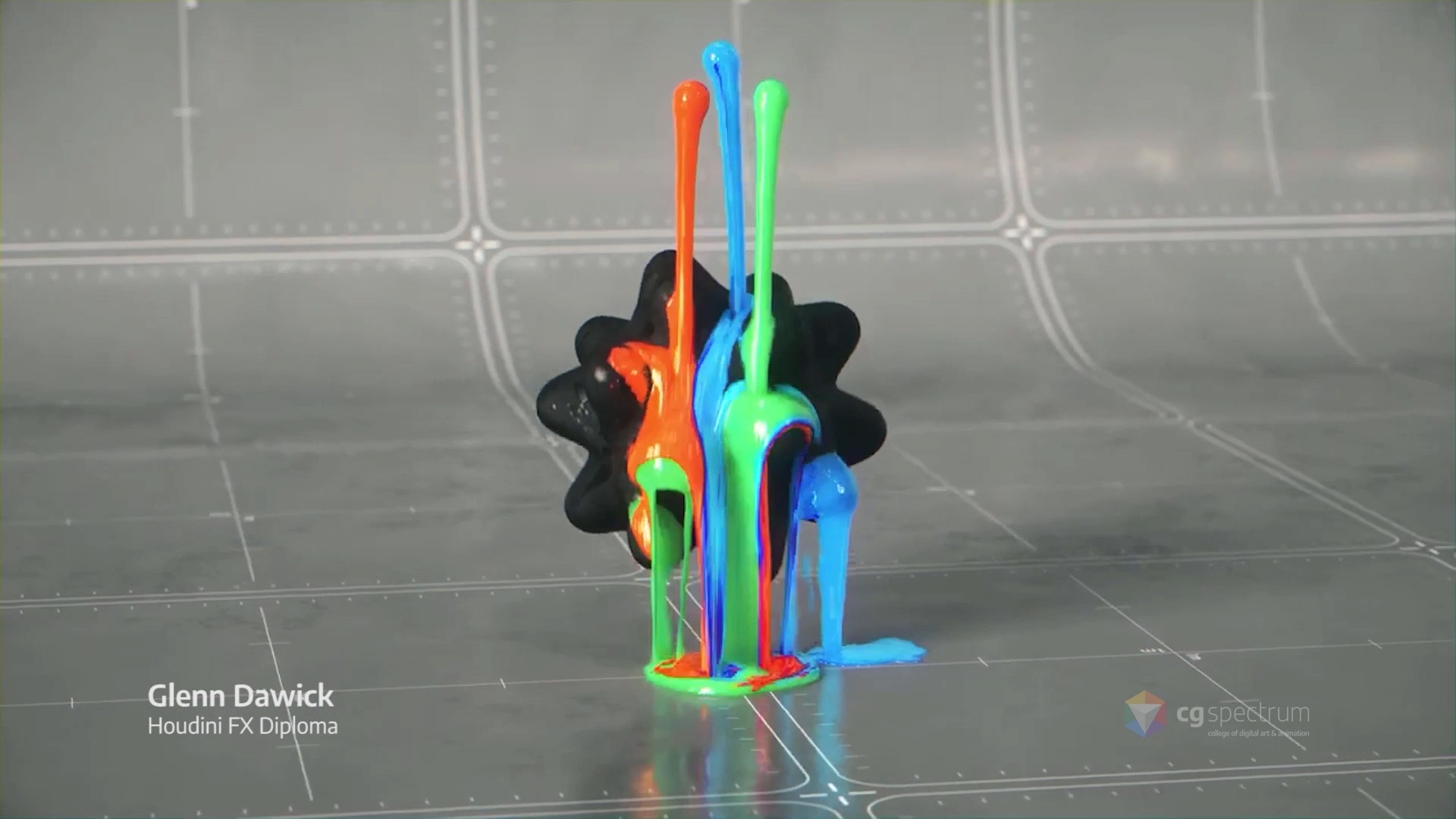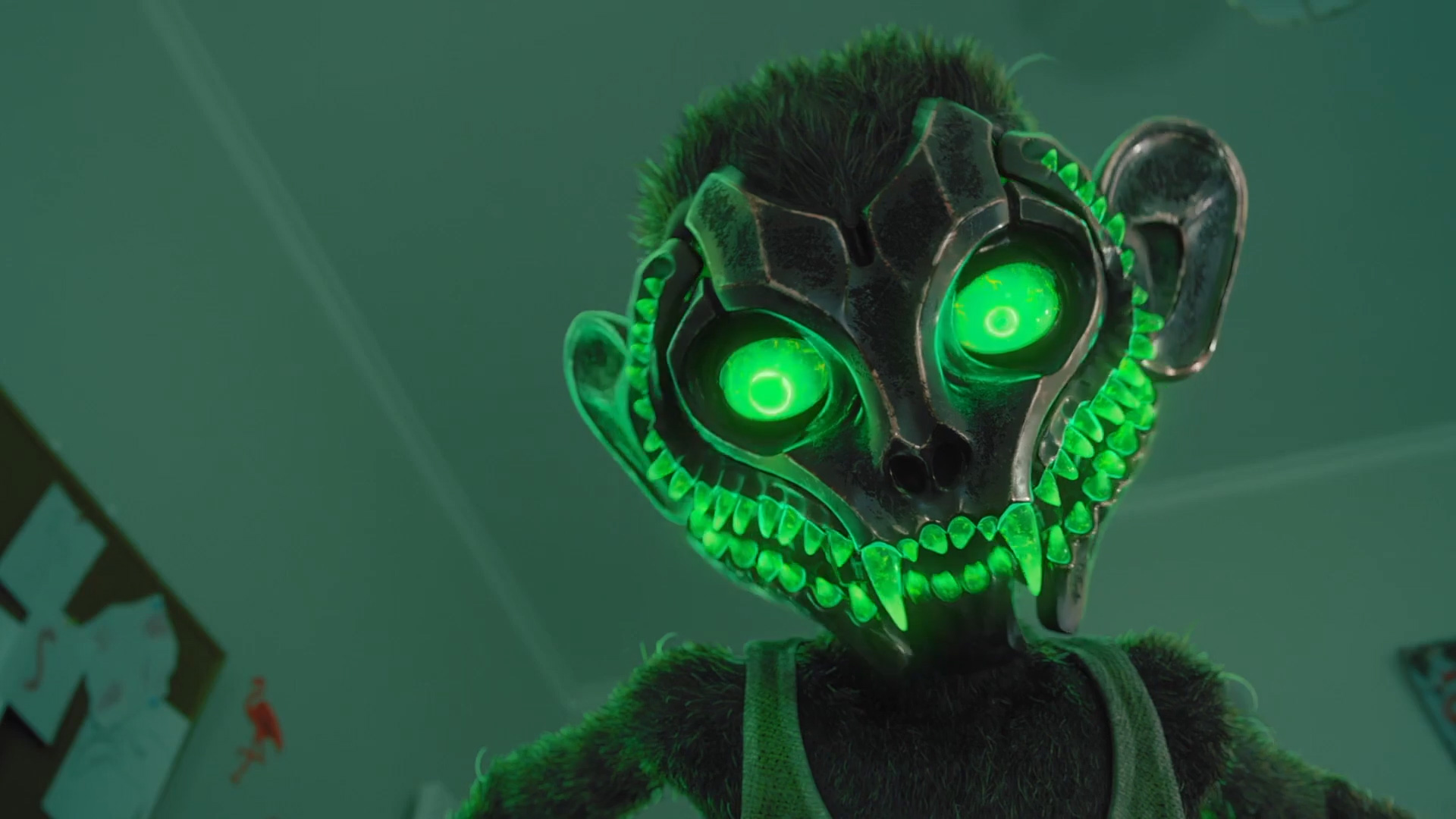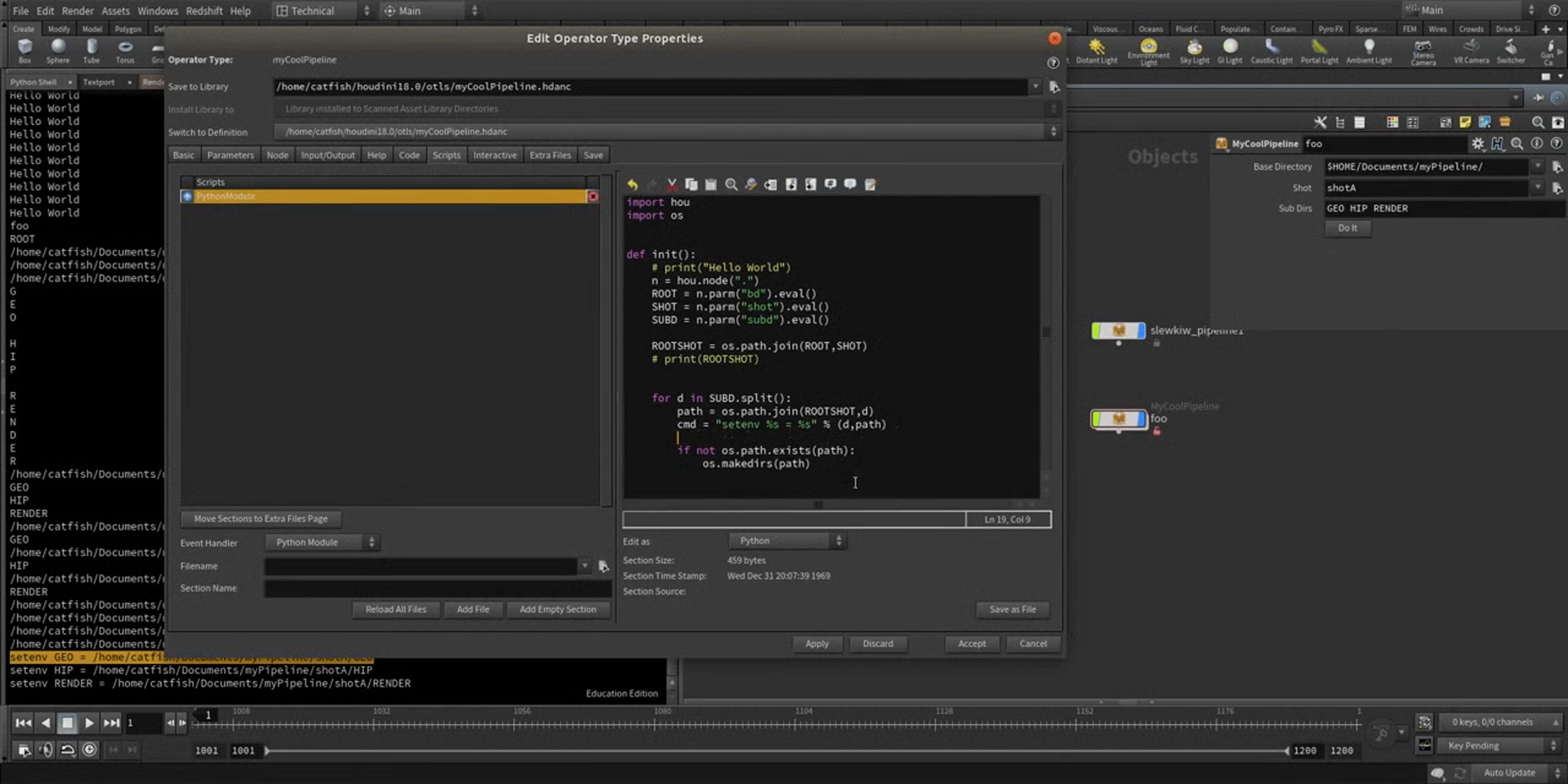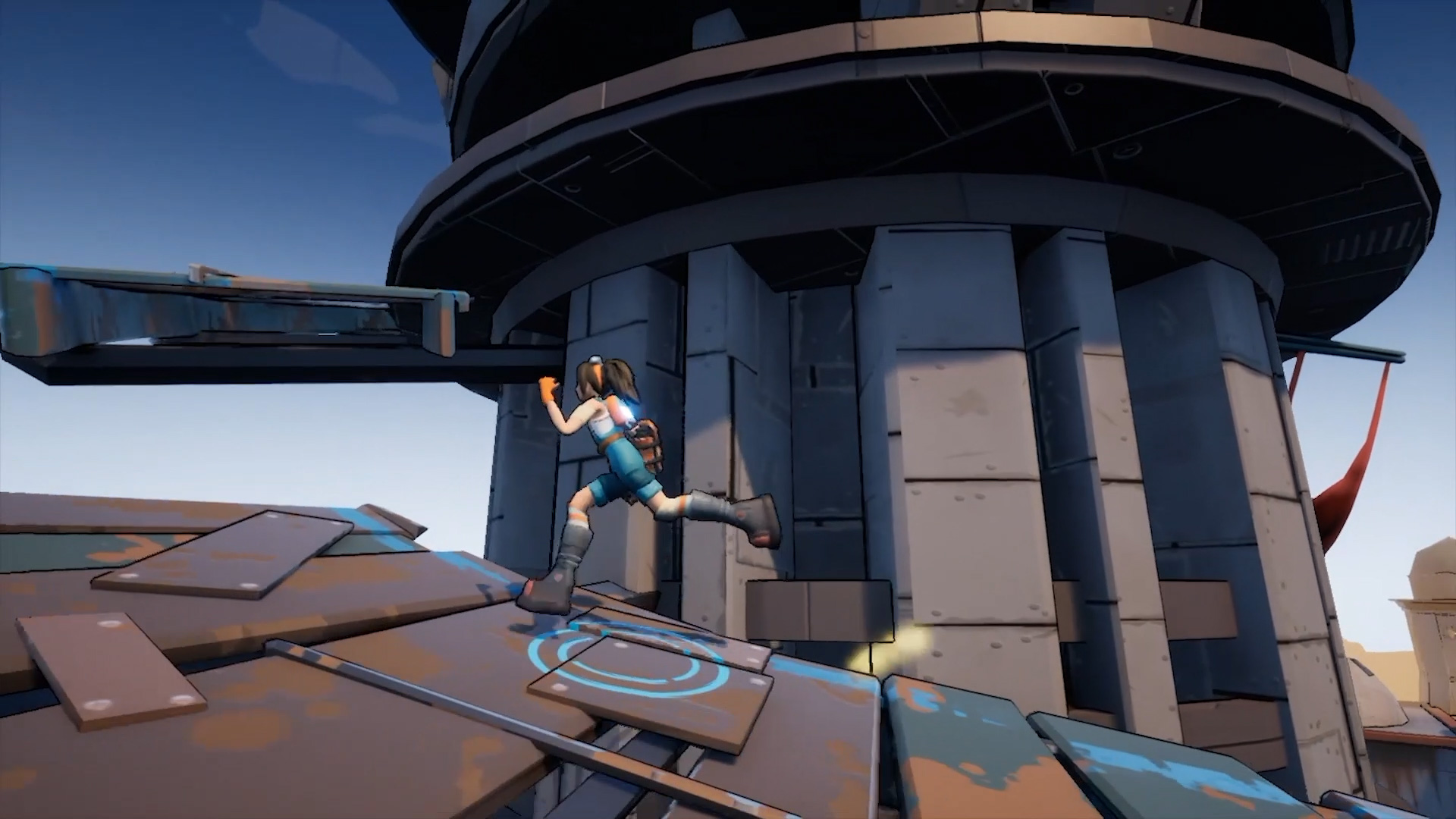ART BATTLE TODAY | NOV 19 | 12PM EST
Check in to the Zoom call to see the Student's battle.
The Houdini HIVE Education Edition brought together students and faculty to showcase a variety of techniques used to create quality CG artwork in schools around the world. The Houdini Education Program is honoured to support these institutions and congratulates them for their hard work.
Individual presentation recordings are available beside descriptions and bios.
November 19
12:00 PM EST
HOST: Debra Isaac | Houdini School, COHOSTS: John Moncrief | SideFX, Owen McCubbin | SideFX, PARTICIPANTS | Rodney Mutanga | University of Bolton, Antoine Dupriez | Pole IID Roubaix, Lucas Tomaselli | Drexel University
Morning | November 12
9:30 AM EST
Welcome
Julie Lottering & Christopher Hebert | SideFX
9:35 AM EST
Aleksandra Radivilovic, Erwin Smeenge, Jens van Kampen, Joshua Rizzo, Peter Prickarz | BUAS
10:15 AM EST
Antoine Dupriez | Migrant Movie Team | ÉCOLE PÔLE IIID
10:25 AM EST
Felipe Amaya | Savannah College of Art and Design
10:35 AM EST
Luke Vuilliomenet | Savannah College of Art and Design
11:15 AM EST
Yoshihiro Miura | Tokyo University of Technology
Afternoon | November 12
11:45 AM EST
Welcome
Julie Lottering & Christopher Hebert | SideFX
1:50 PM EST
Ronny Franken, Zoran Arizanovic, Robbie Grigg & Bojan Endrovski | BUas
2:10 PM EST
Gabriela Salmeron, Andreas Giesen, Hudson Martins, Thomas Hullin, Louis-Philippe Clavet & Andreas Glad
HOPE YOU CAN JOIN US!
Recordings of each talk will be posted here after the presentation date.
COMING SOON!
November 19 | 12:00 PM EST
Houdini Student Art Battle
Welcome to the first Houdini Student Battle, where students compete live and show off their talent. Each battle’s theme will remain secret until we start, then each student will have 45 minutes to create a work of art. You as our audience will choose the winner at the end. Join us!

The Host: Debra Isaac is a creative director, Houdini artist, and founder of www.houdini.school. She loves community building and co-organizes The Los Angeles Houdini User group (LAHUG). She currently teaches Houdini at Drexel University. She is passionate about scientific visualization, motion graphics, and emerging technologies. Her clients have included Intel, Mattel, Hasbro, and The UCLA Art|Sci Center.
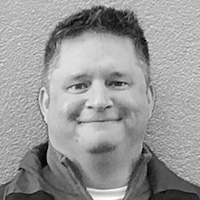
Co-host: John Moncrief is the Education Training Lead at SideFX. Previously, he was the Resident Dynamics Instructor and Dynamics Curriculum Manager at Pluralsight Creative. John has been teaching various visual effects software packages to creative industry professionals for more than 15 years. He lives for the rush of seeing his pupils experience "light bulb" moments. His latest passion is making sure that no software or tools can get in the way of an artist expressing their creative vision.
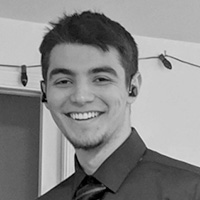
Co-host: Owen McCubbin is currently working as an Intern to the Education and Training Department at SideFX. He is an Animator and Tech Artist in his Senior year at DigiPen Institute of Technology where his main areas of study are in Character Rigging and tool creation. As an animator Owen has worked on several academic projects including PAX 2019 showcased game, “Project Gemini.”
Participants
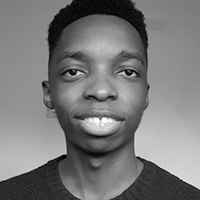
Rodney Mutanga is a graduate from the University of Bolton with a degree in Visual Effects for TV and Film. Most of the work he does is on the technical side of VFX usually based around Rigging, FX and scripting
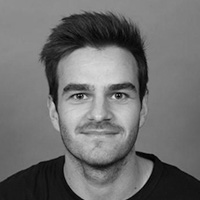
Antoine Dupriez just finished his studies at Pole IIID Roubaix, in France and he is now available for a job. He started to use Houdini less than two years ago and is looking forward to exploring more with this software and all its possibilities.
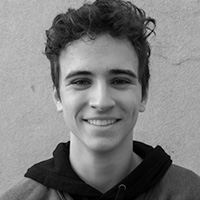
Lucas Tomaselli is a 3rd year student at Drexel University studying Game Design and Production. He first began using Houdini at the end of his freshman year and quickly fell in love with working procedurally. He started his Houdini journey learning FX and animation but looks to transition to working within games, via Houdini Engine. He is passionate about all things visual and is always looking for opportunities to learn and challenge himself as an artist.
MORNING
9:35 AM EST
BUAS Procedural Showcase: Behind The Scenes Of 3rd Year Tool Development
In this presentation, a group of third-year students from Breda University of Applied Sciences will go over their tools / projects they made using Houdini. These tools are created to supply several game projects and cover topics such as procedural characters, building destruction, procedural landscapes and racetrack generation. Each student will present their project and explain their workflow.
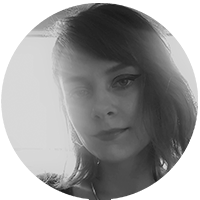
Aleksandra Radivilovic is a 22-year-old student at Breda University of Applied Sciences. She is in her third year, but her first time focusing on technical art dates back to the beginning of her second year. Wanting to dip a toe into Houdini, she chose a procedural route for her first project of the year, and the rest is history. Since then she has been interested in everything procedural, as enjoys the creativity and problem-solving that goes into every new project. She is endlessly intrigued in the possibilities of procedurality and its ability to speed up game art pipelines. She is most interested in creating tools to help environment artists build large, beautiful open-worlds.
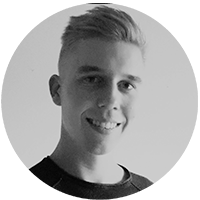
Erwin Smeenge is a 22- year-old visual art student at BredaUniversity of Applied Sciences. He is in the 3rd year of the study. During his study, he started to become more and more passionate about creating VFX. And once he started to learn Houdini and Unreal’s Niagara system, he was sold to become a VFX artist. His focus within being a VFX artist are creating destruction, pyro and magical effects in both real time and offline rendering.
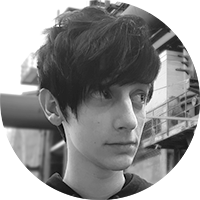
Jens van Kampen is a 3rd year student at the Breda University of Applied Sciences and specialize in both procedural and environment art. His passion lies in the combination of these two, which is why almost all of his procedural work is environment-oriented. He is highly interested in simulating natural geological development and have a solid understanding of the environment art pipeline.
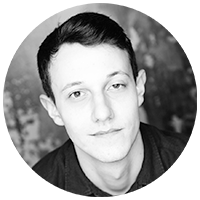
Joshua Rizzo is a 25-year-old Visual Arts Student at Breda University Of Applied Sciences and is currently in year 3. He was introduced to Houdini in his first year of Uni and ever since he has been passionate to use it for VFX & Proceduralism for Film & Games. Houdini allows him to work on various steps in the pipeline, from rapid prototyping to final asset delivery. His interest involves Procedural Tools, VFX & CFX for both Real-Time & Offline Rendering and he is looking forward to working in the industry.
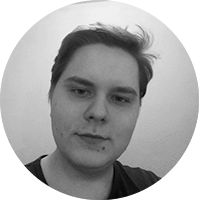
Peter Prickarz is a 3rd year Tech Art student at Breda University of Applied Sciences. He uses Houdini to create procedural tools that make environment and level creation more efficient. He enjoys solving problems mathematically with VEX and Python. After graduating high school in Germany, he went to Breda to become an environment artist, but shifted to Tech Art as soon as he got in contact with Houdini.
9:55 AM EST
Creating Lightning with VEX
The presentation will focus on the magic crystals project that was set for students by DNEG. I will first talk about my approach for this sort of project. I will then go into the lightning-based effect in more detail and explain my process for creating procedural lightning geometry with a combination VEX and VOPs. I will then explain how I went about adding a sparks simulation on top of the lightning to complete the effect.
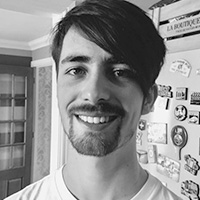
Nathan Clark graduated from the University of Bolton with a degree in Visual Effects for TV and Film. Most of the work he does is on the technical side of VFX usually based around Rigging, FX and scripting
10:05AM EST
Procedural Crystal Generation
The Presentation will cover how I made the procedural crystal generator. I will cover the three different sections of the Procedural tool and this will include going through the sub-networks that are involved in creating the surface geometry and the internal structure. I will also cover how these two sections are combined together to generate the Houdini digital asset.

Rodney Mutanga is a visual effects graduate from the University of Bolton. He enjoys being a 3D generalists but lately, he has been having fun working within Houdini and exploring the world of procedural systems and a bit of FX.
10:15AM EST
Breakdown of the Graduation Short | Migrants
During this breakdown, I will show you how Houdini helped us to create our environment, to produce our special effects and to work on the look development of our characters.

Antoine Dupriez just finished his studies at Pole IIID Roubaix, in France and he is now available for a job. He started to use Houdini less than two years ago and he is looking forward to exploring more with this software and all its possibilities.
10:25 AM EST
Abducting the Car, An Automobile Commercial
An insider's look at the process of an academic production simulation: from pre to post- production.
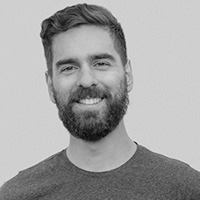
Felipe Amaya is a visual effects artist captivated by parametrization, proceduralism and dynamic effects. Coming from graphic design, Felipe has always been a very visual person, but throughout years of technical tinkering, he has enriched his design trained vision with technical knowledge allowing him to push the limits of his work little by little by expanding his creativity through technical solutions. He is currently a graduate student at the Savannah College of Art and Design pursuing an M.F.A degree in Visual Effects.
10:35 PM EST
Flooding Stairs: Flip Fluids & Real-Life References
An exploration into Houdini 18 Flip fluids, in order to replicate a real-life reference as closely as possible.
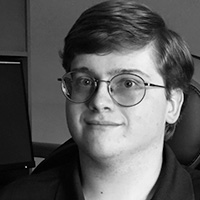
Luke Vuilliomenet is a Graduate student at the Savannah College of Art and Design (SCAD) working on his MFA in Visual Effects. His primary focus is Houdini FX and TD work with “Layering Life” into each scene as a driving mentality. His passion and philosophy stem from his experience of playing the violin with local youth orchestras and privately for eleven years. Some of the projects he has worked on include the 2020 Florida Film Festival nominee Doll Story directed by Zandria Ross, and the Giffoni International Film Festival Semi-Finalist The Pages of Destiny directed by Nico Rinciari. In his free time, he greatly enjoys hiking with his family and cooking.
10:45 AM EST
Production of Stranded
Stranded is a graduation short film, made by 7 students from ESMA school in Montpellier, France. Members of the team and instructor talk about their experiences learning at ESMA and working in this production done almost entirely in Houdini.
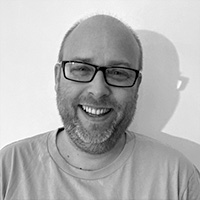
Thomas Renault [Instructor] has been working in the 3D industry for almost 20 years, starting as a generalist artist in 2001. During his career he had the opportunity to work on various positions not only in 3D animation (video directing, 2D designer, web designer, motion designer,...) He worked in several studios as CG supervisor but his interest was always in FX understanding. Thomas joined the ESMA instructor team 5 years ago to communicate his passion for FX to students.
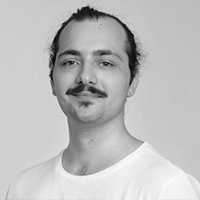
Florent Sanglard [Student] has a high-school degree in architecture and did ESMA school after that. He was in charge of the FX on Stranded and he also did modeling and layout. Florent has always been interested in CGI and physics. That’s why FX is the perfect field to combine those interests. He had a good experience during his internship at solidAnim and is now junior Fx artist at Untold Studios in London.
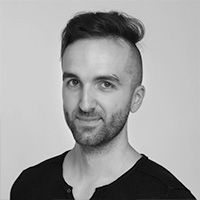
Thomas Spony [Student] has a High School degree in Sciences and graduated from ESMA Montpellier in September 2020. On Stranded he was in charge of various tasks such as preproduction's concept/colorscript, creature modeling and surfacing, environment from a to z, lookdev, lighting, compositing and render setup/debug. Thomas had the chance to do an internship at ArtCam production in Montpellier and he is now looking for professional opportunities.
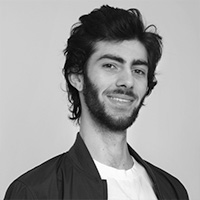
Maxime Salvatore [Student] was in charge of animation, character FX and camera layout on the short movie Stranded. Former graphic designer, he has always been interested in cinema and animation. First as a hobby, he then went into a 4 years formation at ESMA school in France. His passion gave him the opportunity to work a few months on an animated show in Tokyo and today he's moving to London to enter the VFX industry.
11:00 AM EST
Procedural Approaches for Magical FX
Breakdown of FX behind the ArtFX 2020 graduation short, Haru & Houdini teaching approach at ArtFX.
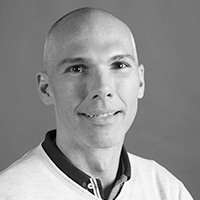
Mathieu Rondet has worked for the past 13 years as a VFX artist for the marketing, movie and game cinematic industries in many studios including Mac Guff, Mikros image, Digital District, Mathematic, Ubisoft, Wizz/FIX studio and Attitude. Aside from specializing in pre-calculated 3D visual effects, he has also been involved in producing 2D effects for many projects as well as realtime VFX for institutional games. He also worked as a compositing artist for a while. Being a former scientist with two masters in biology, as well as a drawing artist and a photographer, he is always curious about finding cross-disciplinary ways to express one’s creativity. Focusing on Houdini, he joined the ArtFX team to share the knowledge he has acquired over the years with the students.
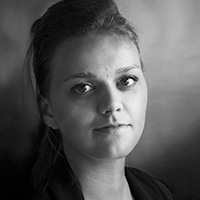
Sophie Noel is a 2020 graduate from ArtFX School, Montpellier, Sophie was hired at Luma Pictures, Melbourne, as an FX artist immediately following the completion of her studies. For the graduation short film Haru, she was an FX artist/TD and mainly focused on magical and procedural effects using Houdini : from FX designs to shading, render and pre-compositing, to get control of both artistic and technical aspects.
11:15 AM EST
Procedural Modeling of Japanese Castle
I will be covering the procedural modeling of Japanese castle in Houdini in three parts: the stone foundation, the turrets and the gables, and then the town around the castle. This will serve as an overview to my approach, and this is not a complete breakdown of my workflow, but I am hoping you will learn how all the geometries are inter-connected one another.
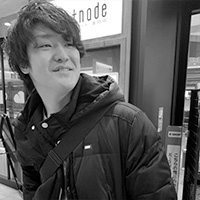
Yoshihiro Miura is a graduate student at Tokyo University of Technology, studying Media Science under Professor Kikuchi.
AFTERNOON
11:50PM EST
How to Learn Houdini from Scratch in 13 weeks
How do you introduce a production software package as massive and interesting as Houdini to new students? This talk is about the dilemmas I’ve faced answering that question and some of the solutions and results that I have come up with.
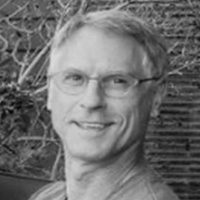
Matt Brunner currently works as a professor in the department of Animation and Production at DigiPen Institute of Technology outside of Seattle. He teaches courses in Houdini and game production. A lot of history preceded DigiPen. He started out as an artist, painting in a studio in Texas. He took a job as an art director for an educational video production unit after living poor for far too long and quickly immersed myself into digital animation during its formative years. This led him to get a Master’s degree in Visualization from the Viz Lab at Texas A&M focusing on digital animation and cinema. He took that experience and started the computer animation department at what was then the largest stop motion animation company in the world, Will Vinton Studios in Portland, Oregon. He built the capacity for computer animation and vfx at Vinton’s (now called Laika) for almost a decade before becoming interested in the new game console that was soon to be released, the Xbox. He took a blind leap into a job as an experience director and cinematics director at Microsoft Game Studios and worked on a number of games, notably Crimson Skies. Eventually he left to form Airtight Games, a game dev company with some of his co-workers, and they created a number of new IP titles including Dark Void and Murdered: Soul Suspect.
12:10PM EST
Adding the Fun to Math Fundamentals
For many years we have struggled to find the best way to teach math to aspiring 3d artists. Trying something radically different, we abandoned traditional means and tools. Instead, we chose to work with Houdini, using VOPs and simple geometry to explain fundamental mathematical concepts. In this presentation we discuss our motivations for changing the course and how we made it more interesting, visually appealing and approachable.
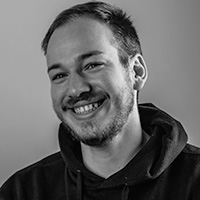
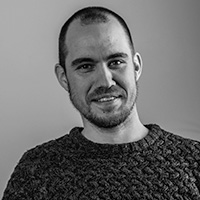
Jan Mentzel & Ruben Tack are lecturers at Digital Arts and Entertainment (DAE), part of the university college Howest in Kortrijk, Belgium. Throughout its 3 year curriculum, DAE aims to shape absolute beginners into 3d artists with a strong technical background.
12:30PM EST
The Swiss Army Knife and the Research Lab
When working in a research lab you need quick and easy access to powerful but adaptable tools. In this presentation we will present a variety of research projects which have been achieved using Houdini. Furthermore we will explore how Houdini has become the go-to tool to teach problem solving within our degree programme encouraging our students to become creative problem solvers.
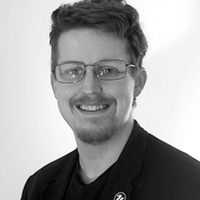
David Tree is a Researcher, Lecturer and Technical Director of the Games and Visual Effects Research Lab, at the University of Hertfordshire, UK. The focus of his research practice is on the bringing the expertise of games and visual effects content generation to bear on non-entertainment problems. When not working on projects David teaches programming, problem solving, FX and Games Studies on the University of Hertfordshire’s award-winning Digital Animation programme where he hopes to inspire the next generation of technical artists and directors. On the occasion that he gets bored of playing with computers he enjoys talking walks through the countryside and playing boardgames.
12:50PM EST
Houdini Unpacked
A talk about teaching Houdini for use in the VFX industry with a focus on simplified examples. I will discuss why only following tutorials isn't always the best way to cement knowledge and understanding, and talk about how having an idea or goal is often the best way to learn and create unique solutions.
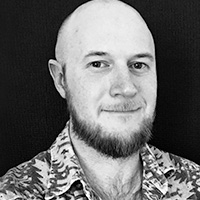
Daniel Hourigan is a skilled Senior Houdini FX Artist with more than 15 years of experience working in 3D animation and VFX for film. He is presently the Head of FX at CG Spectrum College of Digital Art and Animation. Proficient in a range of professional VFX software including Houdini and Nuke, Daniel has worked as a Lead FX Artist at Method Studios, as well as an FX Artist at Double Negative, on projects such as Terminator: Dark Fate, John Wick: Chapter 3 - Parabellum, and Aquaman. Other notable projects include Game of Thrones, The Wolverine and The Hunger Games: Mockingjay Part 2.After years of creating content for some of the world's top studios, he has now turned his focus to teaching the next generation of prospective VFX Artists. He has a passion for simplifying processes and sharing real world VFX experience, enlightening students as to how Houdini can be an awesomely powerful tool that has few limitations.
1:10PM EST
WELLYWOOD VFX
Faculty and students from Victoria University of Wellington’s Master of Design Technology degree program showcase Visual Effects education in Wellywood, New Zealand. Areito Echevarria presents a call to action for industry people thinking about getting into the education sector, Raqi Syed shows us how the ideas of the old masters are still relevant when teaching lighting in Houdini, Sunny Teich demonstrates how her students translate verbs into VFX, and we see dynamic collaboration between Lighting and FX students.
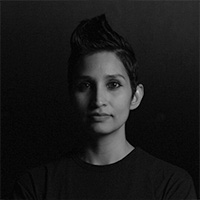
Raqi Syed is an artist, visual effects designer, researcher and lecturer at Victoria University of Wellington where she is Program Director for the Master of Design Technology degree. Her practice and teaching focus on the materiality of light, hybrid forms of documentary and fiction storytelling, and using media archaeology and software studies methodologies to better understand contemporary practices in visual effects. Raqi has worked as a visual effects artist on a bunch of feature films. In 2020 MINIMUM MASS, a VR project she co-directed, exhibited at the Tribeca, Cannes, Annecy, and Venice International Film Festivals. She is a 2018 Sundance and Turner Fellow, and a 2020 Ucross Fellow. Raqi holds an MFA from the USC School of Cinematic Arts and an MA from the VUW Institute of Modern Letters.
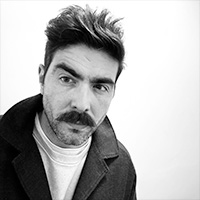
Areito Echevarria is an Academy Award winning artist and researcher with over 21 years of Visual Effects experience. As a Senior Lecturer in the School of Design Innovation at Victoria University of Wellington, he specializes in procedural content generation and generative systems for cinema, games, and virtual worlds. His current research deals with motion capture and generative deep learning approaches to synthesizing animation and human motion. As a VFX artist, Areito was previously Head of FX at Weta Digital, and has held roles as Compositing Supervisor at Weta Digital, Framestore, The Mill, and Iloura. In 2014 Areito was awarded the Scientific and Technical Academy Award for his work inventing Deep Compositing. In 2020 Areito co-directed MINIMUM MASS, an interactive narrative experience for Virtual Reality. Minimum Mass won the 2020 Annecy International Animation Film Festival for “Best VR”, was winner at ANIDOX, and has played at the Tribeca, Cannes, and Venice Film Festivals.
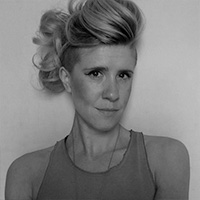
Sunny Teich is a Senior Effects Artist and teaching fellow for the Master of Design Technology program at Victoria University of Wellington. Over the course of her career in the film industry, she developed an expertise in simulation, while working on feature films at major international studios including Disney Animation, Sony Imageworks and Weta Digital. In 2011, she was Weta’s Lead Technical Director in the development of a revolutionary facial simulation technique first seen in Rise of the Planet of the Apes. From 2014 to 2018, Sunny worked as a Lead Effects Technical Director for Framestore London, where she spearheaded an effort to move the fire workflow towards a more physically based model of simulation. Her current research surrounds the interplay between the limitations of real-time effects simulation and narrative design.
1:30PM EST
A Pipeline in Thirteen Lines of Python
All modern studios feature a set naming convention, pipeline, and directory structure. This makes organizing, maintaining and finding your files much easier. Here Sean shows you how to build your own shot environment with auto-directory creation with zero knowledge of Python, and all in only thirteen lines of code!

Sean Lewkiw brings over 20 years of Visual Effects production experience as an artist, manager, and supervisor. He has an impressive list of credits on films such as Lord of the Rings, X-Men, The Golden Compass, Cloud Atlas, and Transformers to name a few. Sean brings a strong knowledge of Houdini, having used it since inception in 1999, and has worked closely with SideFX over the years as a consultant and guest speaker and content creator. He is currently Lead Houdini Instructor at Lost Boys School of VFX in Montreal, and Senior CG Supervisor at Cinesite VFX in Montreal.
1:50 PM EST
Procedural at Breda University of Applied Sciences
In this talk we highlight our Games programme and how we use and include procedural content in our curriculum and project structure. Our games education has a strong focus on AAA game development across all disciplines and development pipelines where small to large student teams create and release games. We focus on high production values and using industry production tools and methodologies. We embraced proceduralism and the use of Houdini for game development from the start and want to share our experiences with you in this talk. We share our unique teaching approach and how this looks across the years. We also highlight the Everything Procedural Conference that we organize every year, and we finish with looking ahead in time to how we think proceduralism will impact what we teach and the future demands of the industry.
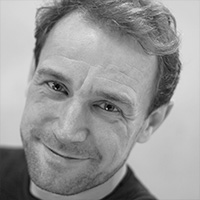
Ronny Franken (MSc. Industrial Design Engineering) switched from developing and designing products for the real world to their virtual counterparts in the mid-nineties. He worked as a level designer, art lead and production designer on various released titles across multiple platforms from PlayStation onward for which he created imaginative and inspiring game worlds. Ronny is Education Manager Visual Arts at Breda University of Applied Sciences and teaches subjects related to world building, production design and procedural modeling. He is founder of the annual Everything Procedural Conference which attracts a wide international industry audience interested in the latest developments on procedural content for games. By sharing his passion he hopes to inspire students to design and build original beautiful worlds within production constraints.

Zoran Arizanovic is a painter with feature film and game industry experience. He has worked as concept artist, Art director, environment TD, matte painter and Houdini TD on projects like Robin Hood, Angels and demons, Australia, Prince of Persia and Golden compass in London vfx houses Cinesite, Framestore, MPC.
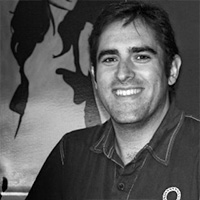
Robbie Grigg is currently the education manager for games programming for the games programme at Breda University of Applied Sciences. Early in his career Robbie co-founded an Australian games company that led to publishing games with Activision and Dreamcatcher. Later helped develop and work at University games educations in Australia, the United Kingdom, and now the Netherlands, working closely with industry partners such as Sony, Ubisoft, and Epic Games.
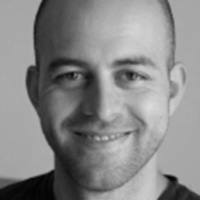
Bojan Endrovski (MSc. Game and Media Technology) started his career in building maritime and tactical training simulators, before staring up Game Oven, an award winning independent studio. He has shipped many titles on multiple platforms with in-house built technology. Bojan is a programming lecturer at Breda University of Applied Sciences and focuses on core game technology and procedural generation in games. Currently, he takes lead in organizing Everything Procedural Conference.
2:10PM EST | PANEL
How to make a Killer Reel and Get a Job at a Studio
2:55 PM EST
Reel Reviews
Industry professionals from the Houdini community will be available to review demo reels for students. These reviews can be booked by contacting Samantha Miller [samantham@sidefx.com]. Each time slot is 10 minutes. Space is limited so be sure to sign up as soon as possible.
FILM/TV
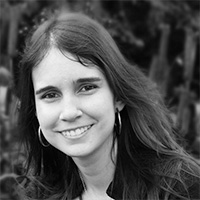
Gabriela Salmeron is a Lead Grooming and Character FX TD working at Framestore IA in London. She worked on many advertising, tv series and films, including His Dark Materials Season 2, Jingle Jangle, The Witcher, Black Mirror, and The Boys. She've been nominated twice for the VES Awards for Outstanding Animated Character. She is responsible for creating many Groom and CFX tools inside Houdini, and for establishing workflows on the department. She recently created a series of tutorials for new artists, called "Grooming Barry Bacon". She have a strong technical background with a double degree on Computer Science at University of Sydney and University of Sao Paulo, allied with a deep passion for art and animals.
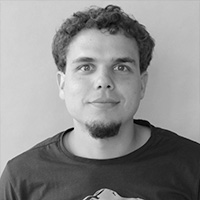
Andreas Giesen works as VFX/FX Supervisor at RISE | Visual Effects Studios with his latest work being Jim Button and the Wild 13 and Hellboy. He is considered one of RISE’s swiss army knives who can take a shot, no matter how complex, from concept, through blocking, lighting, shading and rendering to final. However his focus are of course FX simulations - no matter if it’s fluids, crowds, rigid body sims or pipeline tools that help facilitate standard tasks for other artists. His previous work includes the complex crowd simulations for Babylon Berlin and FX Supervision for Shazam and Captain America: Civil War.
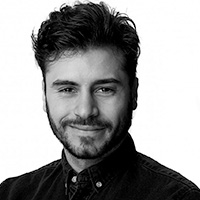
Hudson Martins makes sparks fly at Axis Studios – he’s the brains behind the complex, swirling, beautiful FX seen across many of our projects. Brazilian born Hudson moved to Sweden to study industrial engineering where exposure to CAD and Autodesk Inventor inspired him to switch his degree to computer graphics.At Axis Studios, he manages the ever-growing FX team (also known as the X-Team), who take an artistic approach to FX, using movement and timing to support the storytelling. His team consistently pushes the bar, finding new ways to deliver the highest quality eye-opening visuals, whether it’s simple real time sparks, hand drawn 2D FX for a stylised project, or a full on destruction simulation sequence for a cinematic.
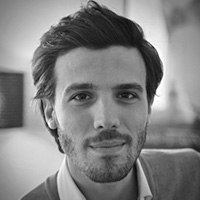
Thomas Hullin, Head of Rodeo FX Munich and VFX Supervisor, uses his people and managerial skills, as well as his technical and creative knowledge, to lead his team in creating state-of-the-art visual experiences. To achieve each new objective, Thomas is driven by the adrenaline and pressure that allows him to surpass himself. In the VFX industry, he finds an environment of perpetual challenges, filled with creative possibilities. The diversity of his responsibilities in these roles pushes him to learn and perfect his work every day. Leading the creation of Rodeo FX's first European studio, Thomas has not only successfully launched a new studio, he has also established an efficient workflow to connect Munich to Rodeo FX's other studios. Over the past 9 years as artist and VFX Supervisor, Thomas Hullin has contributed to more than 20 films and episodes of high-profile series, such as Fantastic Beasts: the Crimes of Grindelwald, Ant-Man and the Wasp, Justice League, Paddington 2, Game of Thrones, for which he earned two VES Awards, and Pacific Rim while working at ILM. Thomas' advertising projects include Tag Heuer's latest campaign, the first project exclusively carried out by Rodeo FX Munich. Initially oriented towards law studies, Thomas realized after watching Lord of The Rings his call for creating worlds, animating imaginary characters, creating explosions, in short, giving life to the imagination. Abandoning his law path, he moved to Montreal to study 3D animation at the Nad Centre.
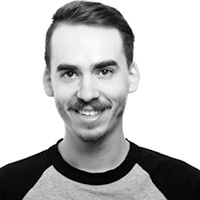
Louis-Philippe Clavet had various roles in the visual effects industry, such as compositor, simulation artist, VFX Supervisor, and finally CG Supervisor. Being very passionate about sharing his expertise, he helps professionals to acquire new skills and knowledge at NAD school, where he teaches procedural workflows and simulation for visual effects as well as compositing. Being very involved in the community, he has also been running the Montreal Houdini User Group since its very beginning in 2015.
GAMEDEV
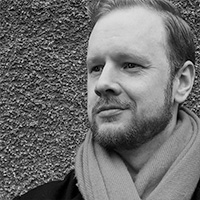
Andreas Glad is a Realtime FX artist with over 12 years in the games industry. His experience covers everything from blockbusters like Battlefield 1 to award winning VR projects like Crow: The Legend. Having worked with Houdini for several years he has produced educational content for both Pluralsight and SideFX as well as toured the world with speaking engagements. Be warned, if you get him excited about a cool idea or interesting feature he might talk your ear off about it. He's currently working at Embark where he's trying to figure out what the future of Realtime fx looks like.
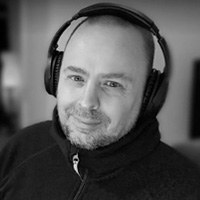
Magnus Larsson is a Houdini Artist based in Uppsala, Sweden, that have been in the game industry for 20 years now, and in 3D even longer.When he started in the game industry, art specializations didn't exists as they do to day, which has formed him into the 3D generalist that he is today.Working on a wide range of titles from RTS to FPS in a wide range of roles, modeler to tech art director, he also has been part of developing new engines and the workflows for AAA titles, and picked up Houdini around version 9, and has not let go since. Currently working at a small indie studio getting back to the roots of making games, developing tools and workflows which combines the power of Houdini Engine with UE4.


